Optimal Timing for Fascia Repairs
Fascia repairs are most effective when performed during periods of minimal external stress and optimal environmental conditions. Timing can influence the success of the repair process, ensuring better adhesion and longevity of the materials used.
Perform fascia repairs during dry, mild weather to ensure proper curing and adhesion of repair materials.
Spring and early summer often provide ideal conditions, with moderate temperatures and low humidity.
Align repairs with planned maintenance periods to minimize disruption and ensure proper inspection.
After thorough inspection, scheduling repairs promptly can prevent further damage and reduce repair costs.
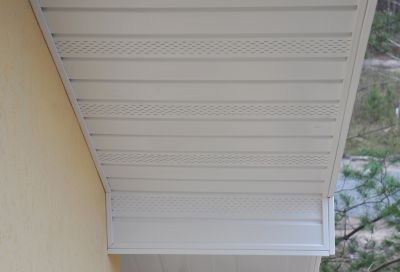
Image depicting fascia repair in progress.

Sun and clear skies ideal for fascia repairs.
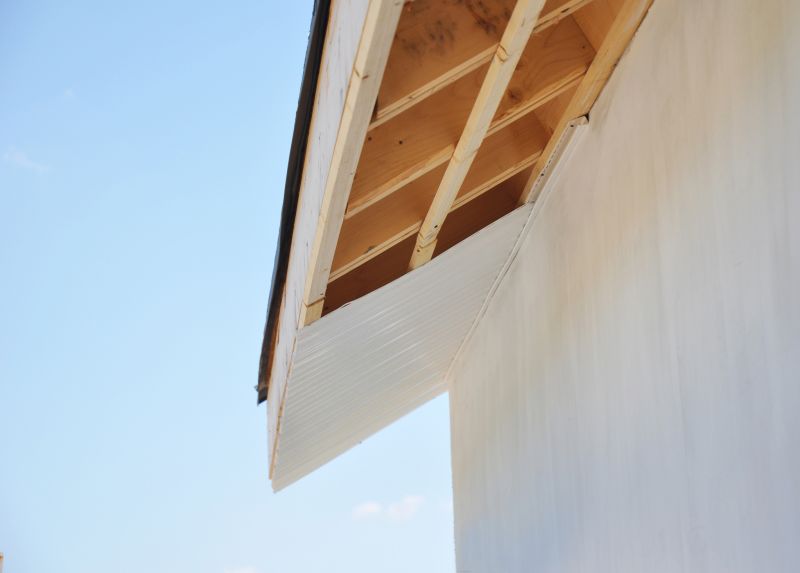
Springtime repair scenario.
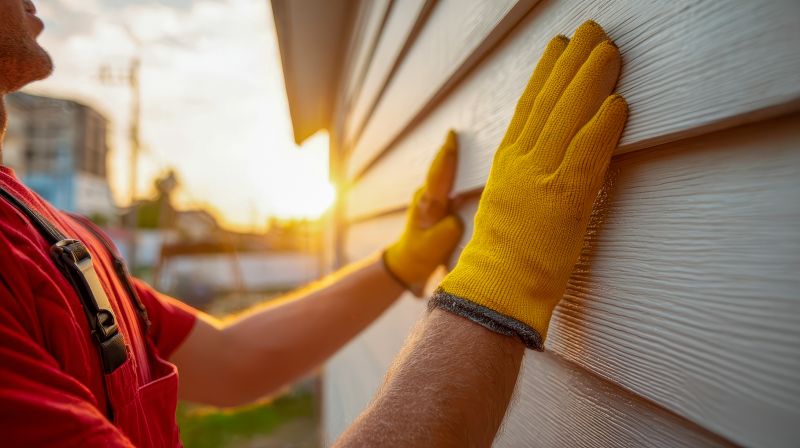
Visual of a technician inspecting fascia after repair.
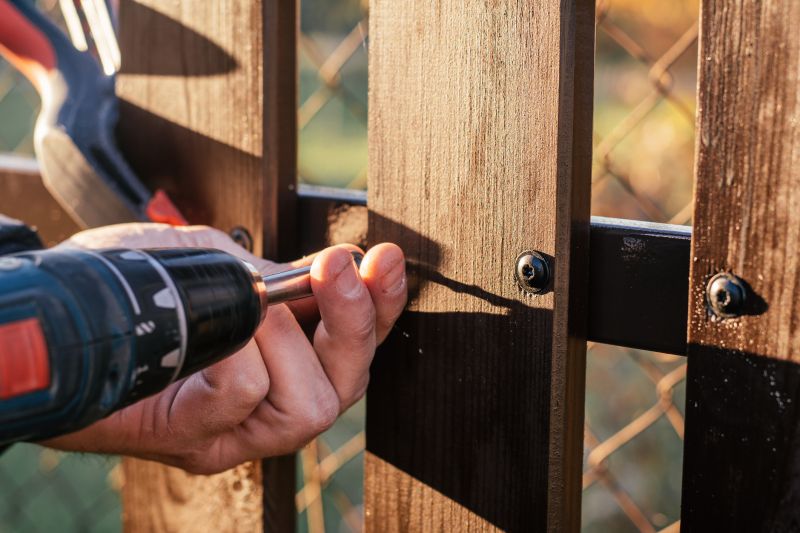
Close-up of repair tools and materials.

Different fascia materials and styles.
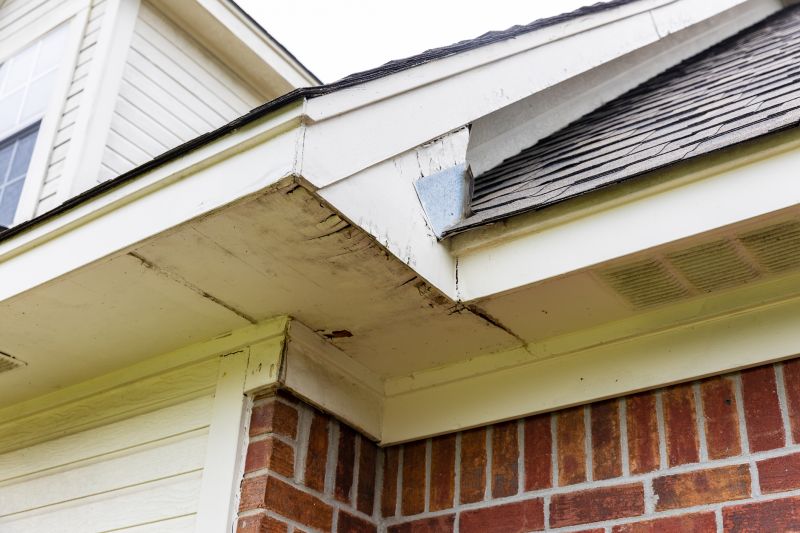
Image of well-maintained fascia system.
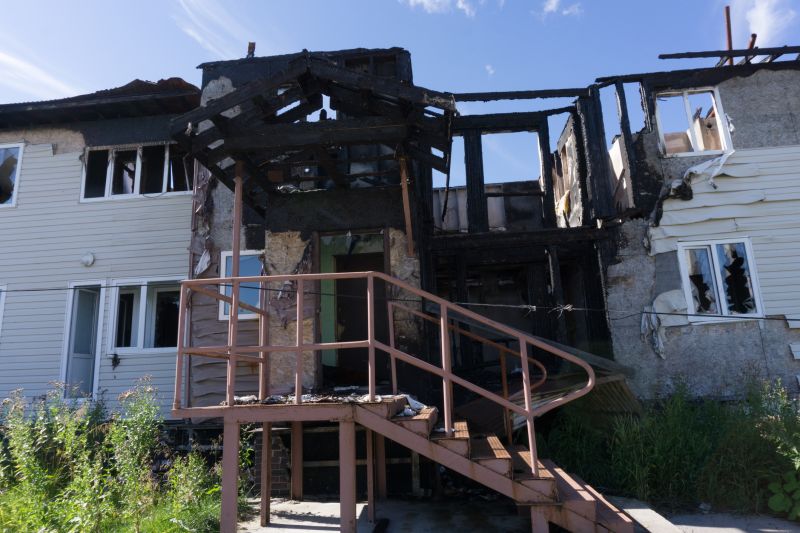
Example of fascia damage before repairs.
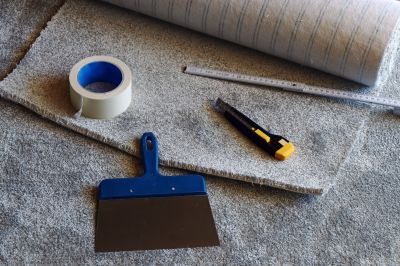
Various tools used for fascia repairs.
| Factor | Ideal Timing |
|---|---|
| Weather Conditions | Dry and mild weather |
| Season | Spring or early summer |
| Environmental Stability | Avoid extreme temperatures |
| Scheduled Maintenance | During planned inspections |
| Post-Inspection | Immediately after damage assessment |
Fascia repairs are critical for maintaining the structural integrity and aesthetic appearance of building exteriors. Proper timing ensures that repairs are durable and effective, reducing the likelihood of future issues. Regular inspection and timely intervention can prevent minor damages from escalating into major repairs, saving costs and resources.
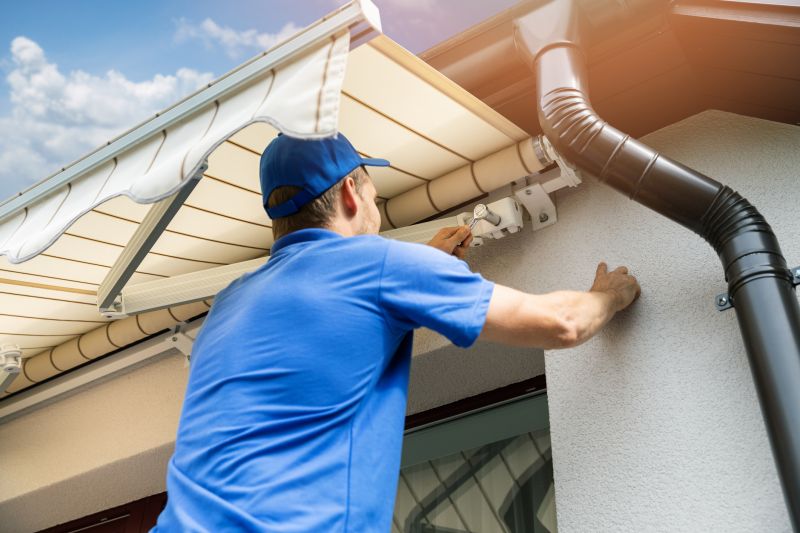
Technicians performing fascia repairs.
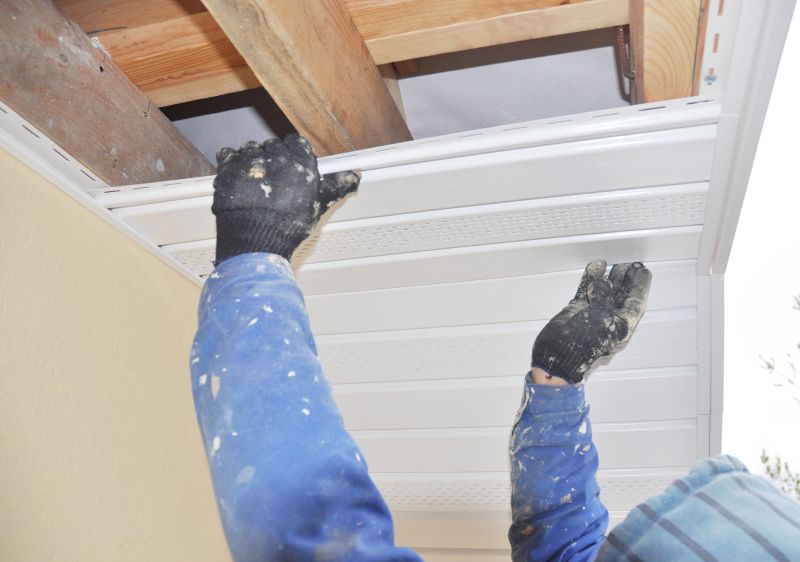
Finished fascia repair work.

Equipment used in fascia repairs.

Comparison of damaged and repaired fascia.
Interested in fascia repairs? Filling out the contact form can provide more information and help schedule an inspection or repair at a suitable time.



